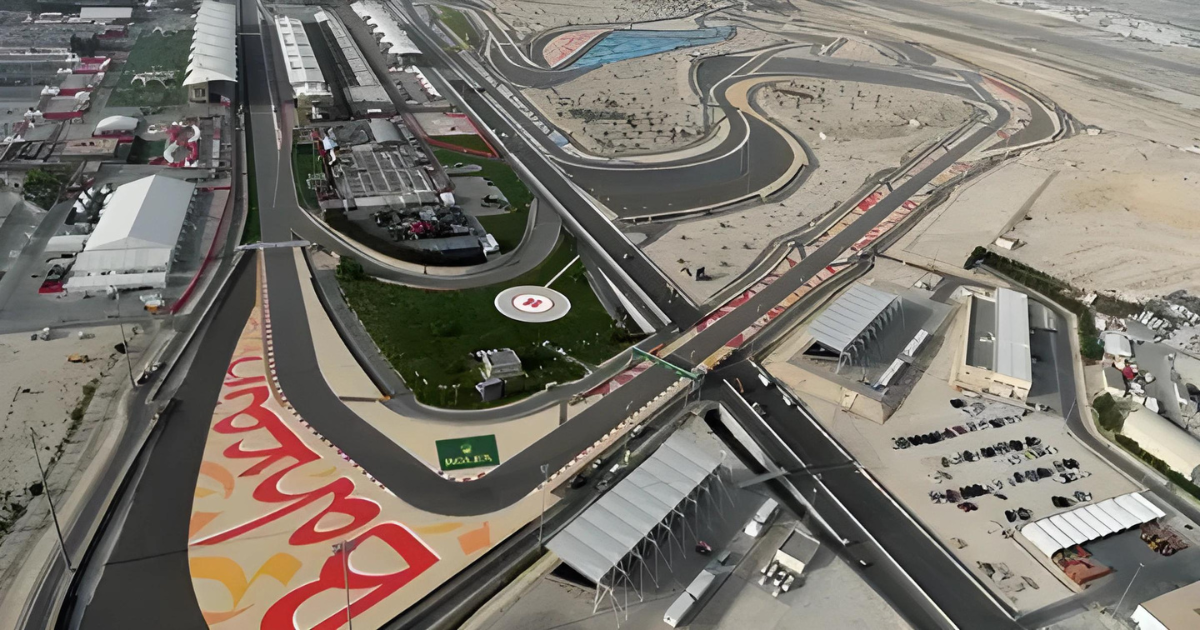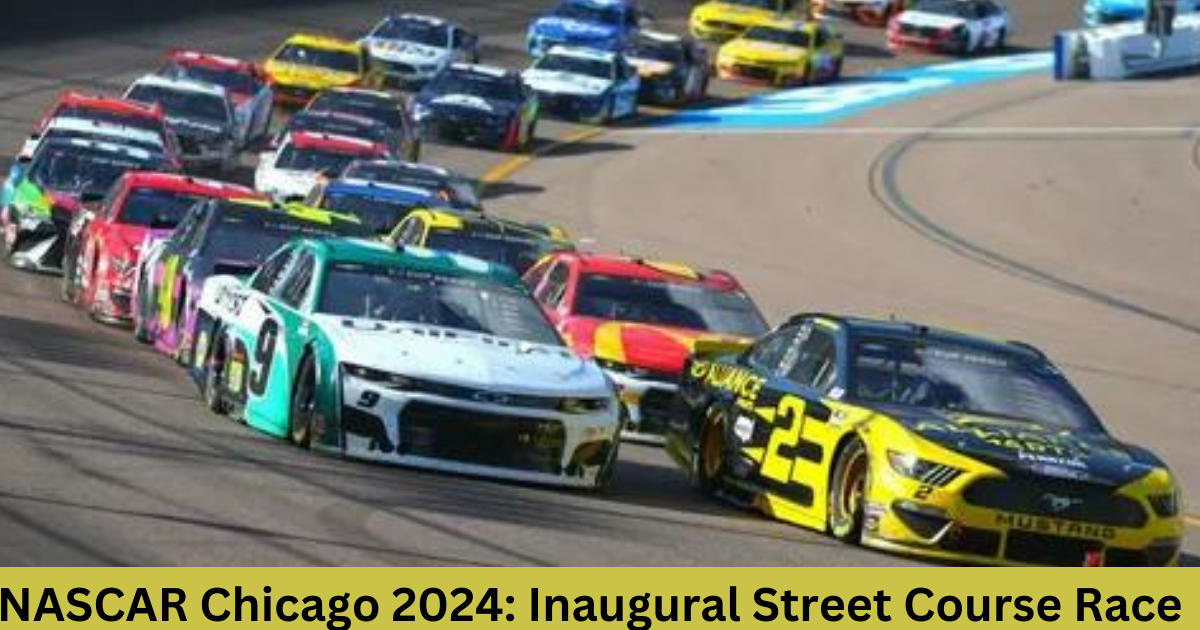Introduction
F1 qualifying is one of the most exciting and intense sessions in motorsports. Drivers push themselves and their cars to the absolute limit to secure the optimal starting position on the F1 grid. This session ultimately sets the stage for the main race event. Let’s take an in-depth look at everything you need to know about F1 qualifying.
Read More: Digital News Planet.
The Basics of F1 Qualifying
F1 qualifying typically takes place on the Saturday before the Grand Prix race on Sunday. The qualifying session is split into three stages: Q1, Q2, and Q3. The goal is simple – drivers want to record the fastest lap time to advance to the next session and eventually claim pole position. Pole position grants the driver the coveted P1 starting spot on the grid for Sunday’s race.
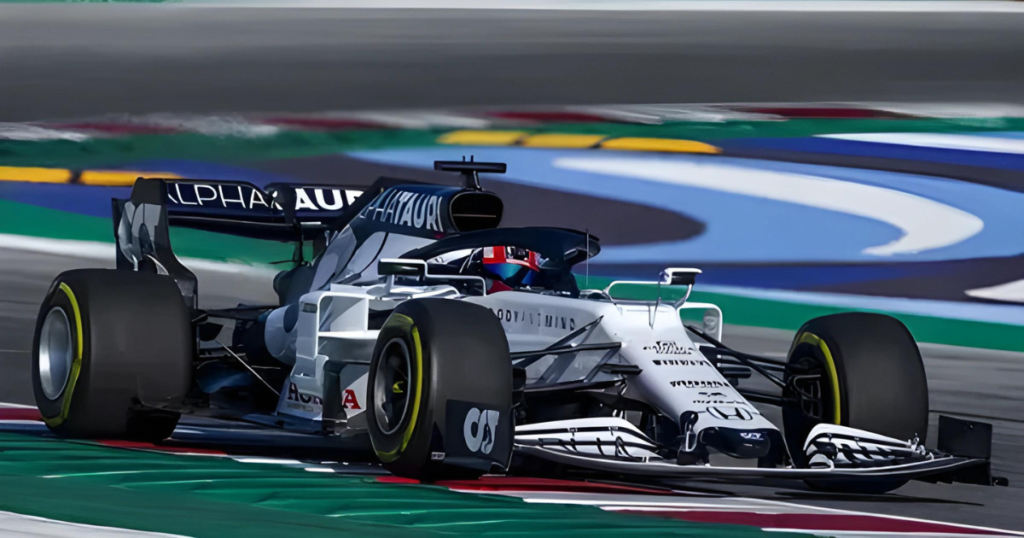
How Q1 Works
During Q1, all 20 drivers are on track trying to set the quickest time. This segment lasts 18 minutes and the slowest five drivers will be eliminated at the end. Drivers want to balance pushing the limits while also conserving tires for later sessions. The tire compound used in Q1 will also be the starting tires for the race, so conservation is key. Surviving Q1 and advancing is the first goal.
The Challenge of Q2
Q2 ramps up the intensity. This 15-minute session eliminates another 5 drivers, leaving only the top 10 remaining. Drivers now aim for clean laps to make the final shootout in Q3. However, the laps must be faster too, as the cutoff time decreases with more rubber on the track. Q2 is about balancing raw speed and long-run race pace.
The Pole Position Shootout – Q3
The final 12 minutes of Q3 represent the best chance at pole position. With only 10 drivers left, the pressure is higher than ever. These elite drivers and teams pull out every trick possible, from special F1 qualifying engine modes to perfect slipstreams. Margins are razor thin, with poles often decided by hundredths of a second. Surviving the intensity of Q3 is a feat in itself.
Key Aspects of F1 Qualifying Strategies
F1 teams utilize complex strategies to maximize their chances of qualifying. Here are some of the most important elements.
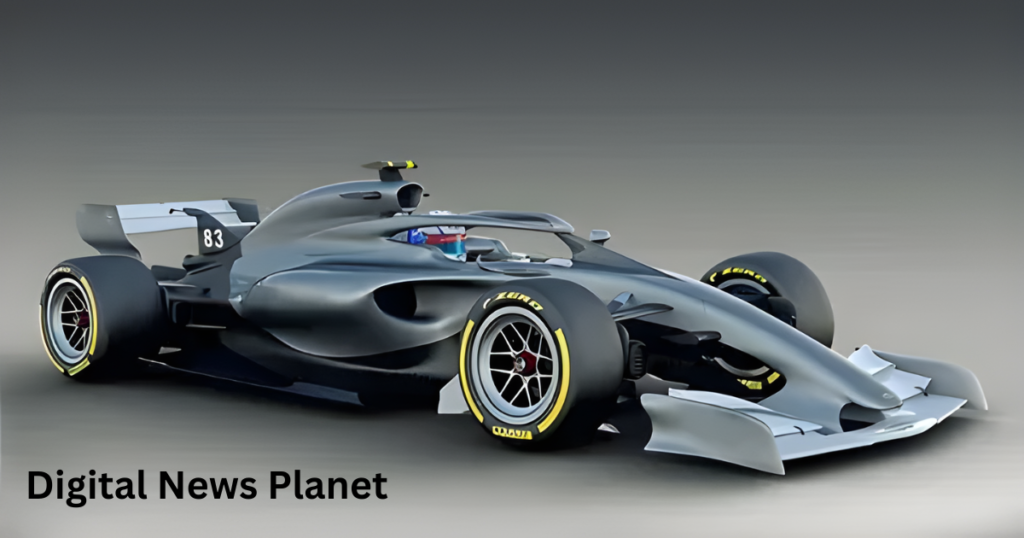
Tire Management
Managing tire performance and degradation is critical in qualifying. Softer compound tires offer more grip but wear out quickly. Teams have a finite number of tire sets for the whole weekend. Making sure they last across multiple sessions while still providing speed is crucial. This leads to strategic decisions about when to use which compounds.
Engine Modes
F1 engines have different modes to optimize power or fuel savings. Teams take advantage of this in qualifying with special modes that maximize engine performance for quick hot laps at the expense of engine longevity. It’s all about using the extra power when it’s needed most.
Slipstreaming
Following closely behind another car provides an aerodynamic tow called slipstreaming. This allows drivers to achieve higher top speeds on straights. Teams often coordinate their drivers to provide slipstreams at strategic times during qualifying for that extra edge.
Track Evolution
As more cars run laps, rubber laid down on the track surface causes grip and speed to increase. Later runners can take advantage of this evolution to find extra time. Teams factor in track evolution when planning their qualifying strategies.
Risk vs Reward
Qualifying requires balancing risk and reward. Drivers push aggressively and flirt with the limits of adhesion to gain tenths of a second. One mistake though and it can all go wrong. Teams must determine if the risk of an incident is worth the potential time gained for the starting position.
Why Qualifying Matters
F1 qualifying sets up the all-important starting grid for Sunday’s main event. Here’s why it has such a huge impact on the race.

Track Position
Starting position is critical in F1. Overtaking is difficult, so higher starting spots lead to better track position and race prospects. Qualifying well removes the need to have to battle through traffic and overtake rivals.
Pit Lane Selection
The top 10 qualifiers get the advantage of pit lane and garage selection, which can translate to better pit stop times. Qualifying well leads to the best spots closest to the track exit.
Championship Points
Finishing in the top 10 in qualifying earns championship points that count towards the season-long title battles. In a tight championship fight, every point from qualifying can make a difference.
Momentum and Morale
A good qualifying energizes the team and provides confidence and momentum heading into the race, while a poor session has the opposite effect. Qualifying is a great barometer for a team’s competitiveness.
In the ultra-competitive world of Formula 1, those who master the art of qualifying give themselves the best shot at victory when Sunday comes. It’s the first opportunity to gain an edge and set themselves up for race day success. That’s why F1 qualifying is so thrilling both for drivers and fans.
Famous Polesitters Through F1 History
While all eyes are on the current crop of F1 drivers battling for pole today, many legends of the past also made their mark in qualifying. Here are some of the most prolific pole sitters in F1 history.
Michael Schumacher – 68 Poles
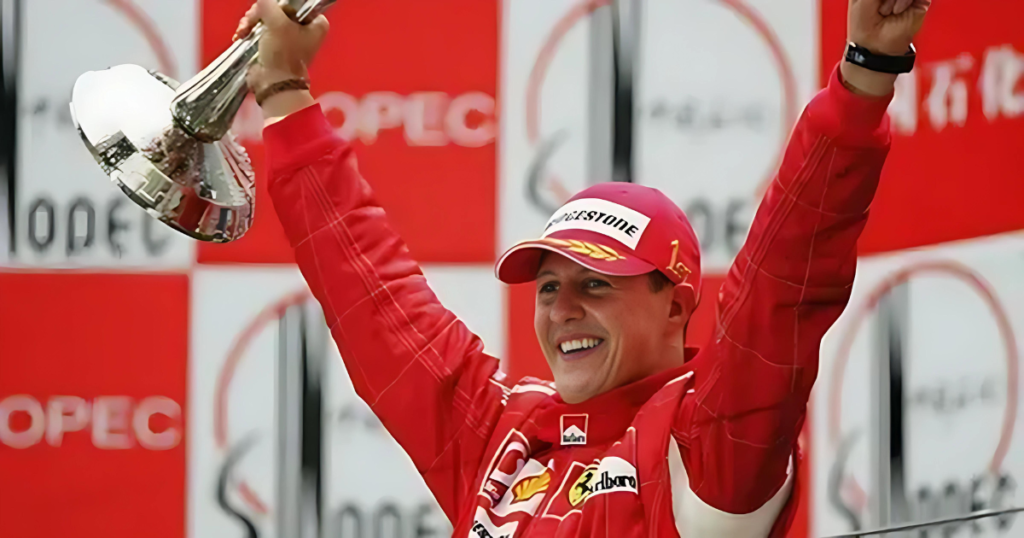
The legendary 7 time World Champion has more pole positions than any other driver in F1 history. He was ruthlessly fast over one lap in his prime. His record of 68 poles may never be surpassed.
Lewis Hamilton – 103 Poles and Counting

With over 100 poles and climbing, Hamilton now has the record for most pole positions ever. His qualifying speed has been instrumental to his championship campaigns. He continues to add to his tally.
Ayrton Senna – 65 Poles
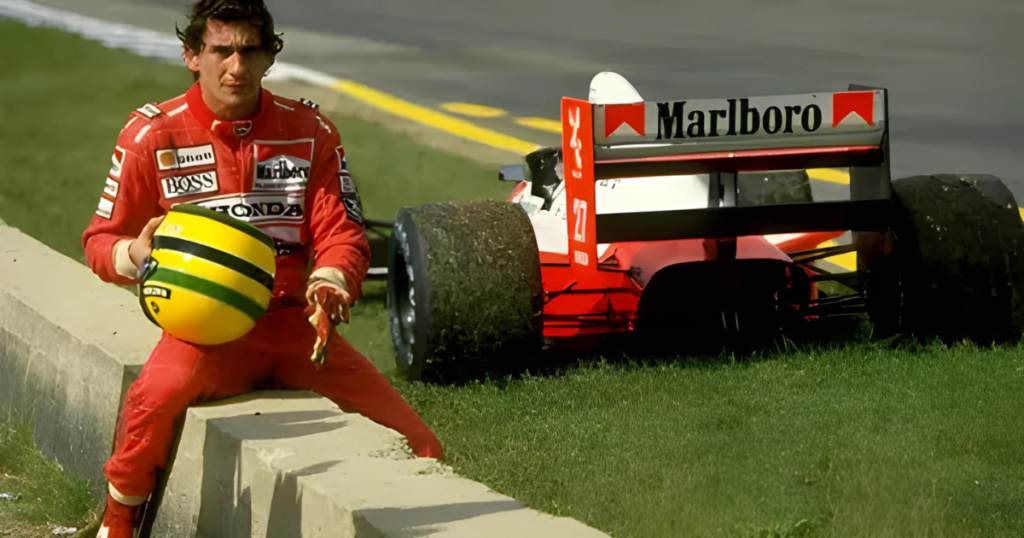
Famed for his qualifying daring, Senna was the previous record holder for most poles until Hamilton surpassed him. His electrifying and aggressive qualifying style wowed crowds in the 80s and 90s.
Sebastian Vettel – 57 Poles

The 4 time World Champion demonstrated impeccable qualifying consistency during his Red Bull years, taking a massive 57 pole position. He was Hamilton’s main pole-sitting rival in the early 2010s.
Jim Clark – 33 Poles
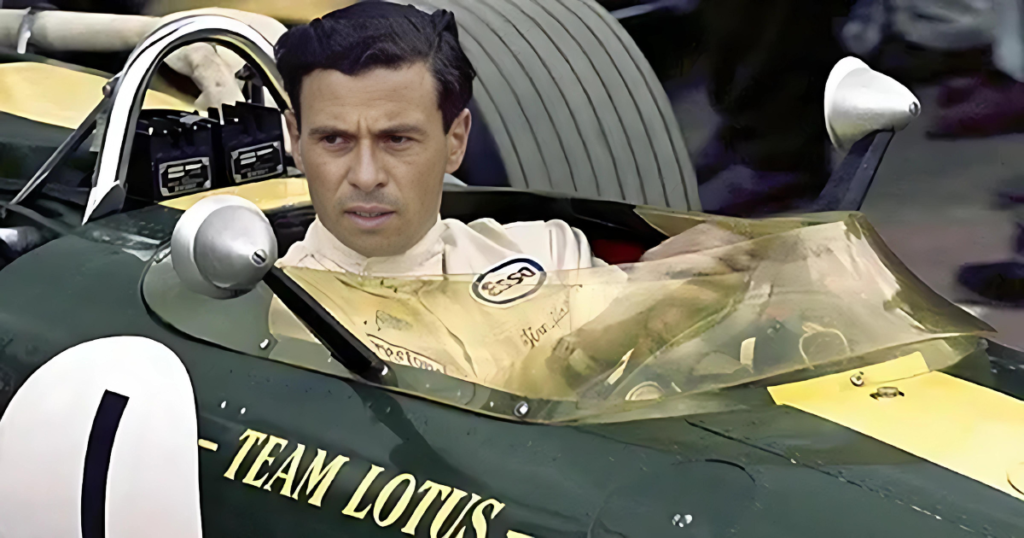
This F1 great is widely regarded as one of the quickest ever over one lap, a master of qualifying. He took an incredible 33 poles in just 72 races during the 60s, showcasing his raw speed.
Juan Pablo Montoya – 30 Poles

Despite a short F1 career from 2001-2006, Montoya made his mark with 30 stunning qualifying performances for Williams and McLaren. On his day he was untouchable.
Throughout F1’s history, the greatest drivers have also proven to be the greatest qualifiers. Their knack for wringing every ounce of performance to grab pole position became part of their legend and success.
Young Qualifying Stars of the Current Era
While veterans hold many of the records, a new generation of qualifying prodigies is emerging. Here are some of the most exciting young qualifiers in F1 today.
Charles Leclerc
Already with 16 poles at just 24 years old, Leclerc is shaping up to be an all-time great qualifier. His pace for Ferrari on Saturdays has been phenomenal, regularly outpacing his teammates. More poles beckon.
George Russell
Showing maturity beyond his years, Russell has dragged his Williams to unlikely qualifying results. With a Mercedes seat, he’s now a constant front-row threat and took his first-ever pole in Hungary in 2022.
Max Verstappen
Despite his veteran status now, Verstappen remains a qualifier on the rise. He took his first pole in 2019 and has added 14 more since, evolving into Hamilton’s main Saturday rival. At just 25, more records may fall.
Lando Norris
Norris has brought McLaren back to the front of the grid with a string of impressive qualifying displays. He’s young, confident, and hungry to translate his one-lap prowess into race results.
The future is bright with the likes of Leclerc, Russell, Verstappen, and Norris staking their claim among F1’s great qualifiers. Their talents continually shine through on Saturdays, lighting up qualifying duels for the new generation.
Legendary Rivalries Born From Qualifying Battles
Qualifying has sparked some of the greatest rivalries in F1 history as teammates and competitors wage war for those precious grid slots. Let’s look at some of the best.
Senna vs Prost
This famous rivalry ignited in qualifying as teammates at McLaren in the late 80s. Their duel saw them fight for pole every weekend, pushing each other to new limits. Their qualifying head-to-head was closely matched.
Hamilton vs Rosberg
More qualifying fireworks exploded between these teammates at Mercedes from 2013-2016. Their intra-team fight for poles was intense, taking their friendship to the limit. Hamilton generally had the edge over Rosberg on Saturdays.
Clark vs Hill
Two British legends who dominated F1 in the ’60s. Clark and Hill were not teammates but their concurrent qualifying success led to a stiff rivalry as they tried to outdo each other’s lap times. Fans loved watching them duel for the pole.
Alonso vs Vettel
Alonso and Vettel have shared a rocky relationship since Vettel’s emergence in the late 2000s. Their closest qualifying fights came in 2012 as they battled for the title. Vettel generally had the qualifying advantage in those days.
Mansell vs Piquet
Volatile teammates Mansell and Piquet had a fierce rivalry at Williams in the late 80s. Their bitter qualifying duels featured gamesmanship and drama as they vied to beat each other’s times. Their rivalry split the team.
Rivalries write legends in F1. Qualifying has served as the battleground for many of the greatest as they push for personal pride and bragging rights. Pole position stirs passions and brings out raw competitiveness between rivals.
Controversial Moments in F1 Qualifying
In the heat of their quest for pole, drivers sometimes cross the line between brilliance and controversy. Here are some of qualifying’s most contentious incidents.
Schumacher’s Monaco Parking (2006)
Schumacher deliberately parked his car at Rascasse corner to prevent rivals from beating his pole time in 2006. The move brought out yellow flags and was deemed unsporting, with his pole stripped.
Senna and Prost’s Suzuka Collisions (1989, 1990)
Senna and Prost controversially crashed into each other in back-to-back qualifying sessions at Suzuka while battling for pole as teammates. Their rivalry hit its peak with these incidents.
Hamilton’s Yellow Flag Ignorance (2021)
Hamilton ignored yellow flags during qualifying in Jeddah 2021, an infringement that should have seen his lap deleted. However, unclear communication from race control allowed the lap to stand despite criticism.
Coulthard’s Barrichello Block (2003)
Coulthard deliberately impeded Barrichello during qualifying at Magny-Cours 2003, blocking him while on a fast lap. Coulthard was penalized for the unsporting maneuver.
Schumacher-Villeneuve Showdown (1997)
Their title fight already heated, Schumacher turned in on rival Villeneuve during qualifying in Jerez 1997. The move failed and only served to seal Schumacher’s disqualification from the championship.
In the quest for pole position, tension, and tempers inevitably boil over as some drivers step over the line. Controversies may taint qualifying, but they also provide some of the session’s most memorable and iconic moments.
Facts and Stats That Define F1 Qualifying
Qualifying has provided fans with endless moments of excitement, drama, and controversy over decades of Formula 1 history. Here are some fascinating facts and stats that characterize qualifying:
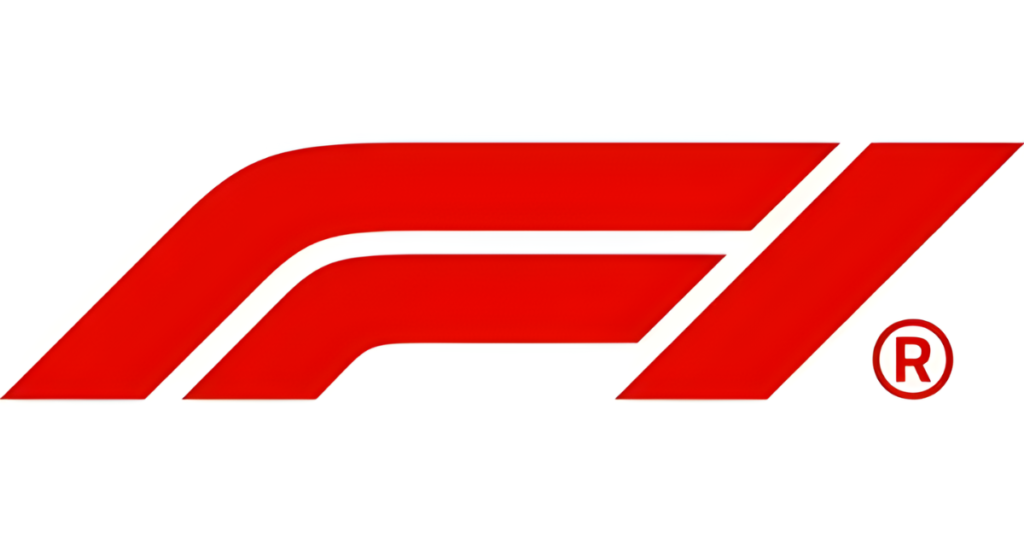
- Ayrton Senna holds the record for most consecutive pole positions with 8, set in 1988-1989.
- Michael Schumacher has the most front-row lockouts from qualifying with an incredible 55 over his career.
- Ferrari has achieved an unrivaled 242 pole position as a constructor since 1950. McLaren is second with 158.
- Monaco has hosted the most World Championship grand prix at 68, but a low average of just 3.6 pole sitters per race.
- Rubens Barrichello went 5 years between pole positions from 1994 to 1999, the longest gap between poles.
- The smallest gap between pole position and second has been 0.009 seconds, set by Nigel Mansell at Jerez in 1992.
- Keke Rosberg won the 1982 World Championship without ever starting from the pole position that season.
The stats show how critical qualifying has been in F1 through the eras. It has created legends and defined championships throughout history, cementing its place as one of the most important and entertaining sessions on the F1 calendar.
Notable Qualifying Innovations Over the Years
F1 teams are always finding new ways to gain an edge in the perpetual hunt for pole position. Here are some of the most significant innovations that have changed qualifying over the years.
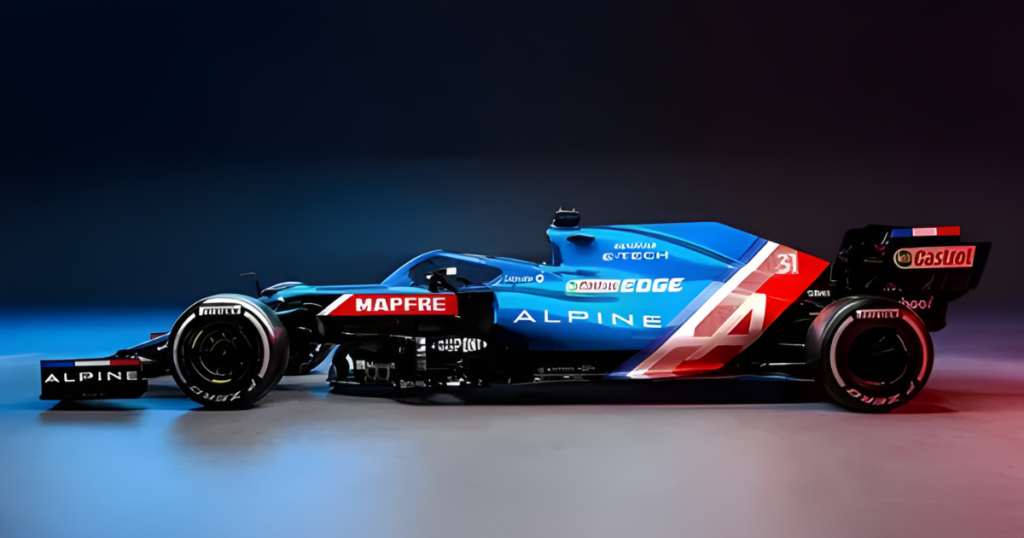
Slick Tires (1960s)
The advent of slick tires offered dramatically more grip than the grooved tires of the past, allowing drivers to corner faster and set quicker times.
Aero Wings (1960s)
As aerodynamics advanced, wings and other devices began sprouting up on F1 cars, generating downforce to allow higher cornering speeds in qualifying.
Tire Warmers (1980s)
Uniformly heating tires in blankets before fitting them helped drivers maximize grip on out laps for quicker qualifying laps compared to cold tires.
Twin Turbos (1980s)
F1 engines using twin turbos delivered extreme power for short qualifying bursts but were eventually banned. Their output greatly lowered lap times.
DRS (2011)
The adjustable rear wing DRS opens on straights to reduce drag before closing under braking. This boosts top speeds during qualifying laps.
In the never-ending quest for speed, F1 engineers constantly break new ground to find any advantage. Their qualifying innovations through the years continually redefine the limits of grip, power, and aerodynamics in the name of pole position.
Key Qualifying Venues Through F1 History
Certain legendary tracks have hosted more memorable and meaningful qualifying moments than others. These key venues consistently produce classic qualifying duels.
Monza
The temple of speed sees slipstreaming battles down the long straights as drivers use tows to gain time and fight for the best braking spots into turn 1.
Spa-Francorchamps
F1 cars show their raw power on Spa’s long flat-out sections like the Kemmel straight and through Eau Rouge, creating a qualifying spectacle.
Monaco
Monaco’s tight street layout makes nailing the perfect lap extra challenging. The margins get razor-thin as drivers take risks between the walls.
Suzuka
One small mistake at Suzuka means the game is over in qualifying. Drivers dance on the limit around its famous high-speed Esses section for the ultimate lap.
Silverstone
Silverstone’s sweeping bends like Stowe, Abbey, and Becketts create challenges for drivers as they balance high speed and downforce.
The great qualifying venues become etched in F1 lore thanks to their unique layouts and challenges. By identifying the optimal lines, rhythm, and set-up at these historic tracks, generations of F1 drivers have showcased their qualifying mastery.
Conclusion
In closing, Formula 1 qualifying represents the pinnacle of speed, skill, and competitiveness in motorsports. Teams leverage complex strategies while drivers push themselves to the limit chasing the ultimate prize – pole position. Qualifying sets the tone for the grand prix and some of F1’s most iconic moments have occurred during this session through controversial clashes, sensational laps, evolving technologies, and legendary rivalries. For over 70 years, qualifying has enthralled fans and defined world champions.
-
What is F1?
F1 stands for Formula 1. It is the highest class of international open-wheel single-seater auto racing governed by the FIA. F1 features the fastest street-legal racing cars and the most skilled drivers competing on circuits around the world. It is the most prestigious motorsport series globally.
-
What is DRS in F1?
DRS stands for Drag Reduction System. It is the adjustable rear wing on F1 cars that can open to reduce aerodynamic drag on straights, allowing drivers to gain top speed and facilitate overtaking or defending. DRS can only be used at specified points on the track when behind another car.
-
How much do F1 drivers make?
Salaries for F1 drivers vary widely based on experience and performance. Top drivers like Lewis Hamilton can make $40-50 million per year while rookies usually start around $500,000. The average salary is estimated to be around $10 million.
-
Where to watch F1?
In the USA, F1 races air on ESPN, ESPN2 and ABC. You can also stream races live or on-demand using services like F1 TV Pro. Outside the US, local broadcasters in each country carry coverage. Races can be viewed at home on TV or via streaming.
-
How fast do F1 cars go?
F1 cars can reach speeds over 230 mph on certain tracks. The average speed over a race distance is 130-200 mph depending on the circuit. The cars can accelerate from 0 to 60 mph in under 2 seconds thanks to 1000 horsepower hybrid engines.
-
When is the next F1 race?
The 2023 F1 season starts on March 5th, 2023 with the Bahrain Grand Prix, followed by Saudi Arabia, Australia, and 22 total races ending in Abu Dhabi in November. The schedule consists of sprints, street circuits, and more traditional tracks.
-
How to watch F1?
In the US, F1 airs across ESPN networks with ESPN providing live coverage. The F1TV Pro app offers live streaming access to every session. Outside the US, local broadcasters provide TV coverage while F1 TV Pro remains an option.
-
What time is the F1 race?
Start times vary by location but most F1 races in Europe, Asia, and the Middle East begin at 9:00 am UTC. Races in the Americas and Canada typically start at 2:00 pm UTC. Japan usually starts at 7:00 am UTC.
-
What time is the F1 race?
F1 races typically start between 7 am-2 pm UTC depending on the location. European and Middle Eastern races tend to start at 9 am UTC. Races in the Americas begin at 2 pm UTC. Start times accommodate local daylight hours.
-
How much does an F1 car cost?
An F1 car costs around $10 million to design, build and develop. However, the total budget required to operate and maintain an F1 team’s operations often exceeds $300 million. This accounts for research, travel, engines, salaries, and more. The top teams spend over $400 million per year.


